Christopher in Sunday’s New York Times:

Sunday NYT: Debates on Campus: Readers discuss the controversies over free speech and safe spaces on college campuses.
Ana in Monday’s paper:
Monday NYT Letters to the Editor
ask a new question and you will learn new things

Christopher in Sunday’s New York Times:

Sunday NYT: Debates on Campus: Readers discuss the controversies over free speech and safe spaces on college campuses.
Ana in Monday’s paper:
Monday NYT Letters to the Editor
Initial NYT review (2012) — Tested by a Picturesque Dystopia: The Hunger Games,’ Based on the Suzanne Collins Novel:
“It may be that Mr. Ross is too nice a guy for a hard case like Katniss. A brilliant, possibly historic creation — stripped of sentimentality and psychosexual ornamentation, armed with Diana’s bow and a ferocious will — Katniss is a new female warrior …”
2014: Thai Protesters Are Detained After Using ‘Hunger Games’ Salute
2015: ‘The Hunger Games: Mockingjay Part 2,’ Katniss’s Final Battle
“Intentional or not, their casting ensured that in the movies,  just as in the books, Katniss was never going to be upstaged by a love interest. “The Hunger Games” may have shocked readers and viewers with its child-on-child violence, but even more startling and certainly far more pleasurable has been the girl-woman at its center who can lead troops like a reborn Joan of Arc, yet find time to nuzzle the downy lips of her male comrades before returning to battle. Her desire is as fluid as her gender, whether she’s slipping into froufrou, shooting down enemy aircraft, kissing a boy or taking a punch. Unlike a lot of screen heroines, she has never settled into stereotype, which, despite the whole dystopian thing, makes her a lot like the contemporary girls and women watching her.”
just as in the books, Katniss was never going to be upstaged by a love interest. “The Hunger Games” may have shocked readers and viewers with its child-on-child violence, but even more startling and certainly far more pleasurable has been the girl-woman at its center who can lead troops like a reborn Joan of Arc, yet find time to nuzzle the downy lips of her male comrades before returning to battle. Her desire is as fluid as her gender, whether she’s slipping into froufrou, shooting down enemy aircraft, kissing a boy or taking a punch. Unlike a lot of screen heroines, she has never settled into stereotype, which, despite the whole dystopian thing, makes her a lot like the contemporary girls and women watching her.”
“That has helped make Katniss the right heroine for these neo-feminist times, the you-go-and-fight girl who has led the empowerment charge at the box office and in the public imagination, often while slinging a bow and arrow borrowed from Diana, the Roman goddess of the hunt. It wasn’t long before Katniss was making more like a latter-day Athena, the Greek goddess of war, even as this very human girl-woman was also suggesting a vibrant new take on the American Adam.”
“The films of a nation reflect its mentality in a more direct way than other artistic media.”
— Siegfried Kracauer, “From Caligari to Hitler.” (quoted in the NYT: No Season for Loners: People (and Penguins) Stick Together in Films)
“I’m actually part of this weird wolf pack.”
— Stu Price, “The Hangover Part II.”
After our Hunger Games discussion last week, I looked to see if I could find any scholarly film criticism on our questions and found this:
The Hunger Games is about the first stirrings of revolutionary consciousness, but its relationship to capitalism is less clear than it might initially appear. Does the Capitol double for capital, or is the form of exploitation in The Hunger Games of a cruder type? Although the Capitol looks at first sight like a metropolitan capitalist society, the mode of power at work in Panem is better described as cyber-feudal.
Market signifiers are, after all, strangely absent from the Capitol. Commodities are ubiquitous, but there are no corporate logos, shops, or brand names in the city. So far as we can see, the state, under the beady gaze of President Snow, seems to own everything. It exerts its power directly, via an authoritarian police force of white-uniformed Peacekeepers which inflicts punishment summarily, and symbolically, through the Hunger Games and other rituals in which the districts are required to demonstrate their subordination. In District 12, meanwhile, there is a black market, but little indication of legitimate commercial activity. We know that Peeta works in his parents’ bakery, but the overwhelming impression of District 12 is of a society bent double by manual labor, in which shopping is by no means a leisure activity.

Fisher, Mark.”Precarious Dystopias: The Hunger Games, in Time , and Never Let Me Go.” Film Quarterly. 65 (2012): 27-33. [DePaul Library link]
“One purpose of a liberal arts education is to make your head a more interesting place to live inside of for the rest of your life.” —Mary Patterson McPherson, President, Bryn Mawr College
“I thought that the future was a place—like Paris or the Arctic Circle. The supposition proved to be mistaken. The future turns out to be something that you make instead of find. It isn’t waiting for your arrival, either with an arrest warrant or a band; it doesn’t care how you come dressed or demand to see a ticket of admission. It’s no further away than the next sentence, the next best guess, the next sketch for the painting of a life’s portrait that may or may not become a masterpiece. The future is an empty canvas or a blank sheet of paper, and if you have the courage of your own thought and your own observation, you can make of it what you will.” —Lewis Lapham
“The test of a first-rate intelligence is the ability to hold two opposing ideas in mind at the same time and still retain the ability to function.” —F. Scott Fitzgerald
“It ain’t where ya from, it’s where ya at!” —KRS-ONE, Ruminations
While looking for something else, I found this archive of DePaulian Yearbooks, 1924-1997, maintained by the Digital Collections Department. Fun to look at!
Letters to the Editor, in response: At the University of Missouri, the Power of a Football Protest
And this came up in the 9:40 section, in the spirit of asking has this happened before? How is this instance the same or different?:
Anthony Ripley, “Negro Athletes Spark Uproar at University of Wyoming,” New York Times, 1 November 1969, 15.
[1] Our class’s approach: “Thinks open-mindedly within alternative systems of thought, recognizing and assessing, as need be, their assumptions, ideologies, implications, and practical consequences.”
[2] “Beyond Critical Thinking”: “Critical thinking has so thoroughly colonized our idea of education that we tend to think it’s the only kind of thinking.” (American Conservative)
Knowledge-Based Education – We oppose the teaching of Higher Order Thinking Skills (HOTS) (values clarification), critical thinking skills and similar programs that are simply a relabeling of Outcome-Based Education (OBE) (mastery learning) which focus on behavior modification and have the purpose of challenging the student’s fixed beliefs and undermining parental authority.
It might seem like a small thing in the big scheme of things, but notice how this letter writer integrates — in précis language — both the argument (“propose that“) and how she does it (“reaches into her own personal history“). She’s able to summarize the whole article in just one sentence. It’s not an accident. The result is brisk, direct, clear writing that allows her to continue on and make her case. This is how you can and should use your practice from your précis summary language to write with confidence, with precision, and with authority.
“Back in 1982, I was working at Time Life in a department called Copy Process. It was dead-end, boring work. I worked one day a week, a graveyard shift, six p.m. to six a.m. I would get a two-hour supper break around midnight. Mondays were when the magazines that Time Life published came 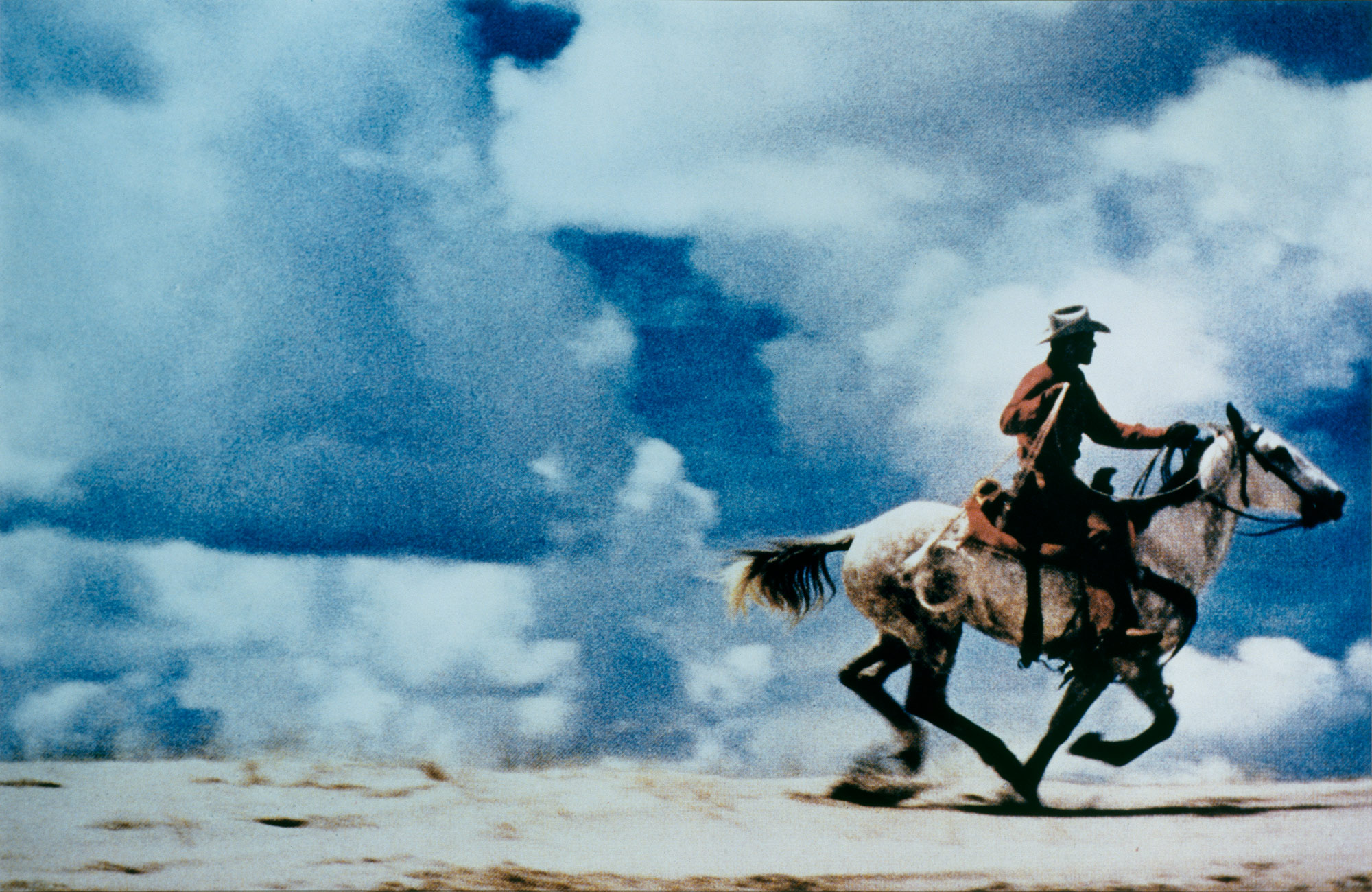 out: Time, People, Sports Illustrated, Fortune. There were always stacks of new mags lying around. It was good to get them free. Fringe benefit. I was tearing out all kinds of ads from the magazines. I’d been tearing since 1977, avoiding the editorial parts of the magazines, only interested in the psychologically hopped-up, art directed, “creative” pages…the pages that looked to me like some kind of cross between Rod Serling and Groucho Marx. Unlike the editorial parts, the ads didn’t have an author and seemed to suggest something I could believe in. I was struggling in those days with identity and truth and anger and the ads provided an alternative reality. Something comforting and exciting and close to what a movie experience does when the lights go down and a story is told. Who cares if Newport Lights was putting on a stupid, made- up show. I wanted a show. I wanted entertainment. The truth? I wasn’t familiar with the truth. Why would I have been? No one ever told it.”
out: Time, People, Sports Illustrated, Fortune. There were always stacks of new mags lying around. It was good to get them free. Fringe benefit. I was tearing out all kinds of ads from the magazines. I’d been tearing since 1977, avoiding the editorial parts of the magazines, only interested in the psychologically hopped-up, art directed, “creative” pages…the pages that looked to me like some kind of cross between Rod Serling and Groucho Marx. Unlike the editorial parts, the ads didn’t have an author and seemed to suggest something I could believe in. I was struggling in those days with identity and truth and anger and the ads provided an alternative reality. Something comforting and exciting and close to what a movie experience does when the lights go down and a story is told. Who cares if Newport Lights was putting on a stupid, made- up show. I wanted a show. I wanted entertainment. The truth? I wasn’t familiar with the truth. Why would I have been? No one ever told it.”
“I tell college students that by the time they sit down at the keyboard to write their essays, they should be at least 80 percent done. That’s because “writing” is mostly gathering and structuring ideas.”
David Brooks, again.

Résumé virtues: résumé virtues are the skills you bring to the marketplace.
Eulogy virtues: eulogy virtues are the ones that are talked about at your funeral — whether you were kind, brave, honest or faithful. Were you capable of deep love?
We all know that the eulogy virtues are more important than the résumé ones. But our culture and our educational systems spend more time teaching the skills and strategies you need for career success than the qualities you need to radiate that sort of inner light. Many of us are clearer on how to build an external career than on how to build inner character.
David Brooks: The Moral Bucket List
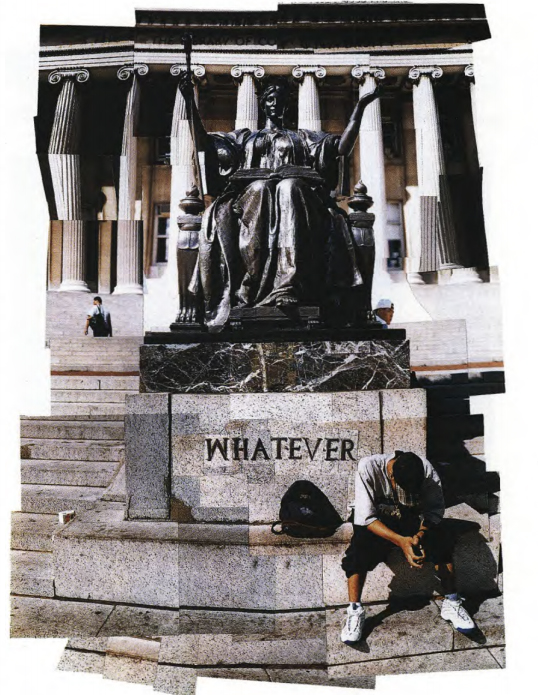
I. Shorris: As a weapon in the hands of the restless poor
II. Edmundson: As lite entertainment for bored college students
NYT/Education Life: Spoiler Alert! The New SAT. For context on this particular paragraph transition question, see Question #4 in the sample writing questions.
Looking back at some of the context for the phone-less project:
‘We no longer search for news, the news finds us.’
What is ‘news’? To students, ‘news’ means ‘anything that just happened’ – worldwide events AND friends’ everyday thoughts.

We’ve been talking in class about avoiding premature good/bad, yes/no, black/white, pro/con arguments, and here’s a good example in a Letter to the Editor in response to an article we read and discussed:
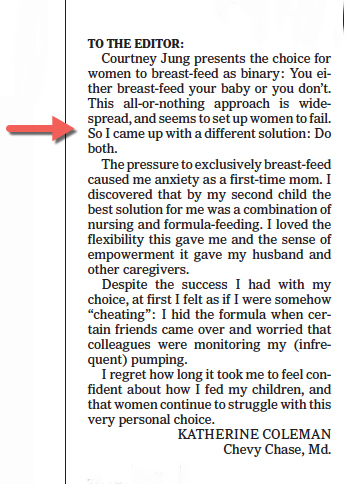
See how she doesn’t fall for the false-binary trap?
Letters to the Editor: Overselling Breast-Feeding
At a presentation I attended last week on civic engagement, the speaker shared this chart comparing & contrasting “transactional” and “transformative” approaches to service learning. I found myself wondering what would happen if we applied this to classroom environments in teaching and learning:
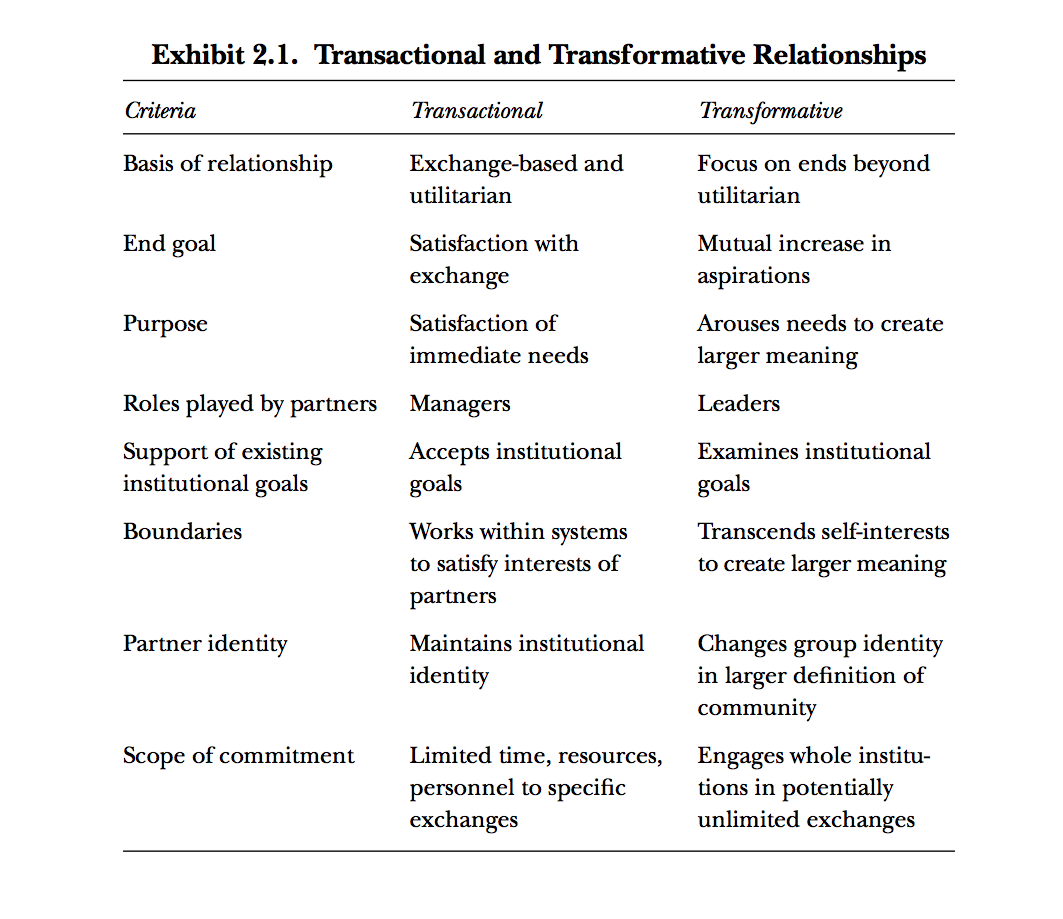 From Jacoby, Building Partnerships for Service Learning, 2003.
From Jacoby, Building Partnerships for Service Learning, 2003.
Point — like a topic sentence
Illustration — an example, quote, story, or data
Explication — the so what? What does the provided information mean? How does it relate to your overall essay? Why is this information important/significant/meaningful?
[P] Every wolf in Yellowstone therefore is more than just a wolf. Imbued with profound symbolic meaning, each wolf embodies the divergent goals of competing social movements involved in the reintroduction debate. Framed by environmentalists and their wise use opponents as another line in the sand in their ongoing battle for the heart and soul of the West, wolf reintroduction is a high-stakes political conflict. [I] Wolf recovery is often portrayed by environmentalists as being symptomatic of a culture in transition–an inevitable change (Askins, 1995). It is an image that plays especially well with the media: “[T]he wolf issue pits the New West against the Old West” (Johnson, 1994, p. 12), a milestone in the “transformation of power” from the Old West (Brandon, 1995, p.8). [E] Wolf restoration clearly represents change, but sound bites that reduce the social struggle over wolves to an “inevitable” transition from the old to the new are inadequate. They do not explain the underlying social issues driving the transformation. They do not capture the essence of social negotiation, the give-and-take of political exchange between social movements struggling to define the western landscape. Nor do they acknowledge that these social issues will remain after the wolf controversy has exited the center stage of public policy discourse.
Wilson, Matthew. “The Wolf in Yellowstone: Science, Symbol, or Politics? Deconstructing the Conflict between Environmentalism and Wise Use.” Society & Natural Resources. 10(1997): 453-468.
Inspired in part by Sherry Turkle’s “Stop Googling. Let’s Talk.” and in part by our own open-minded curiosity, 13 students in WRD103 volunteered to surrender their phones for four days — Tuesday, 10/13 to Friday, 10/16 — and to keep a phenomenological journal during that time.
Read some un-edited journal entries, below. The next step is to think about how to turn these experiences, questions, and observations into Op-Ed essays, or other reflective projects: 
Katy: “I actually had to use an alarm clock and watch”
Alex: “first instinct: tweet about it, and I did via twitter.com instead of the app (since I hadn’t had my phone taken for more than 5 minutes before I did this)”
Sam: “Insight: I actually have a skewed version of time and less patience. I have to wait for someone to email me back. I HAVE TO WAIT. WITH NOTHING TO DO… no Snapchat, Instagram, nothing.”
Charlie: “Notable differences I’ve noticed are that I miss my music. I can’t say I miss anything else.”
Cristina: “I asked my roommate several times to borrow her phone and I am pretty sure she got very annoyed.”
Gabi: “I keep feeling like I was missing something …”
Paulina: “I was talking to them, but they were doing something on their phones. “
Anela: “Right before I had to give my phone in I got really shaky and nervous.”
Dzejna: “As I was writing my name on the pink post-it and wrapping the rubber band around my phone, I felt a sense of anxiety and excitement in my stomach.”
Tania: “The first day sucked the most out of all 3 days.”
N.B. the world UNPLUGGED project has published numerous observations and claims about such projects done on an international scale — our version is more exploratory at this point — and one context they’ve documented does have a direct and generative connection to our class, since we read the New York Times as our primary text, in both print and digital formats:
‘We no longer search for news, the news finds us.’
For class: Overselling Breast-Feeding
It’s unlikely that you’ll all have exactly the same priorities this week and next, but I can help you to anticipate and to plan for some of them:
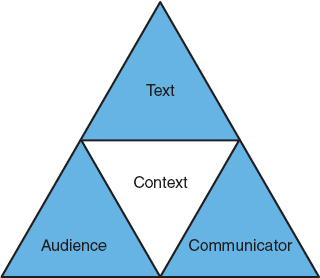
This one remains unresolved for me, but not necessarily in a bad way:
Brooks’s introduction: “America was settled, founded and built by people who believed they were doing something exceptional.”
Brooks’s conclusion: “This is an attitude that sours the tongue, offends the eye and freezes the heart.”
See how this works?
One of the most striking takeaways from the first two Republican debates and Tuesday’s first Democratic debate is that the two parties do not just disagree on solutions to domestic and foreign policy issues — they do not even agree on what the issues are. Offering radically different assessments of the challenges people face, and diametrically opposing policy agendas, the candidates could have been campaigning on different continents.
NYT: Even the Issues Are in Debate In 2016 Race
Stasis in the OED — note how, in rhetoric, stasis is something we achieve — a state we actively work toward, because it both provides opportunities for invention of materials and identifying contexts for change:
Looking merely at the content of a set of claims without looking at their effects cannot produce an adequate or even meaningful evaluation of it, and this is partly because the notion of a content separate from effects does not hold up.
The content of the claim, or its meaning, emerges in interaction between words and hearers within a very specific historical situation. Given this, we have to pay careful attention to the discursive arrangement in order to understand the full meaning of any given discursive event. For example, in a situation where a well-meaning First world person is speaking for a person or group in the Third world, the very discursive arrangement may reinscribe the “hierarchy of civilizations” view where the U. S. lands squarely at the top. This effect occurs because the speaker is positioned as authoritative and empowered, as the knowledgeable subject, while the group in the Third World is reduced, merely because of the structure of the speaking practice, to an object and victim that must be championed from afar. Though the speaker may be trying to materially improve the situation of some lesser-privileged group, one of the effects of her discourse is to reenforce racist, imperialist conceptions and perhaps also to further silence the lesser-privileged group’s own ability to speak and be heard.18
This shows us why it is so important to reconceptualize discourse, as Foucault recommends, as an event, which includes speaker, words, hearers, location, language, and so on.
— Linda Martín Alcoff, The Problem of Speaking for Others
What Happens When Teens Try to Disconnect From Tech For Three Days
Recently, a line of teenage boys were frantically sending last-minute texts and posting to Facebook one final time before grabbing a manilla envelope and sealing their devices inside. These boys volunteered to abstain from using not just their phones but all digital devices for three days to better understand the role of technology in their lives.
For many students, going without media for 24 hours ripped back the curtain on their hidden loneliness.
‘We no longer search for news, the news finds us.’
I was impatient when my mother’s attention was occupied elsewhere. But my 9-year-old children, when they see me on my phone, feel something more intense, something closer to indignation. They are shut out twice over: They see that I am otherwise occupied, but with what, they have no idea. This is what makes the smartphone such a rich source of paradoxical guilt for the current generation of parents. We are considered at once overbearing and totally oblivious, so besotted by our own children that it’s unseemly, yet so absorbed by our phones, so unaware as precious moments of childhood slip by, that it’s shameful.
I have started to narrate my use of the phone when I am around my kids. “I’m emailing your teacher back,” I tell them, or, “I’m now sending that text you asked me to send about that sleepover,” in the hopes that I can defang the device’s bad reputation, its inherent whiff of self-absorption.
Does this count as stasis?
While a legitimate debate can continue about the pluses and minuses of economic migrants to the United States, the solution with these refugees from our neighbors to the south is clear. It seems ridiculous to have to say it: If a child is fleeing danger in his or her home country, and that child knocks on our door pleading for help, we should open the door. Instead of funding only the current policies toward migrants in Mexico, we should fund fair efforts by Mexico to evaluate which Central Americans are refugees.
While migrants’ claims are evaluated, we should help Mexico pay for places for migrants to be held that are humane.
The United States should develop a system for these refugees, much like Europe is now doing for Syrians, to equitably allocate people who are fleeing harm throughout this continent — including sending them to safer countries in Latin America, to Canada and to the United States. In the 1980s, many United States churches stepped up to help Central Americans fleeing civil war violence, and many would gladly sponsor a migrant today if encouraged by our government.
Will the United States step up and be a moral leader for these refugees?
NYT: Refugees at Our Door
For class:
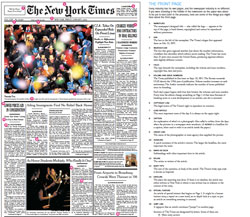 previous instances?
previous instances?October 7th (yesterday): “Russia’s Missiles: A Major New Weapon in Syria Conflict”
By mounting a missile strike from warships nearly 1,000 miles away, the Russian military added a major new weapon on Wednesday to its operations in support of President Bashar al-Assad’s forces in Syria.
September 9th: “Russia Defends the Presence of Its Military Advisers in Syria”
The Foreign Ministry confirmed on Wednesday that Russian military advisers were in Syria, but it said that their presence was part of a longstanding agreement to provide military aid to the country.
Russian military aid to Syria has become a new source of tension between Washington and Moscow over the past few days, with the United States accusing Russia of escalating the conflict.
“Russian military specialists help Syrians master Russian hardware, and we can’t understand the anti-Russian hysteria about this,” said Maria V. Zakharova, a spokeswoman for the Foreign Ministry, adding that Russia had never made a secret of its cooperation with Syria over military technology.
October 8, 1980:
Some notes on rhetorical reading and analyzing that we can refer to as needed this week and next, with the goal of creating some critical distance from the texts we are reading and analyzing:
SMH 8b Thinking critically about argument
Although critical thinking has a number of complex definitions, it is essentially the process by which you make sense of all the information around you. As such, critical thinking is a crucial component of argument, for it guides you in recognizing, formulating, and examining arguments.
Several elements of critical thinking are especially important.
Asking pertinent questions. Concentrate on getting to the heart of the matter. Whether you are thinking about others’ ideas or about your own, you will want to ask the following kinds of questions:
“Last week, the Association of American Universities released the findings of a sexual misconduct survey that culled data from more than 150,000 undergraduate, graduate and professional students at 27 universities. In it, nearly one in four undergraduate women said they were victims of sexual assault or misconduct. At Harvard College alone, 16 percent of female seniors said that during their time at Harvard they were subjected to ‘nonconsensual completed or attempted penetration.'”
Conscientious reading — slow, contextual, rhetorical, critical — in which reading can be an act of composition, too.
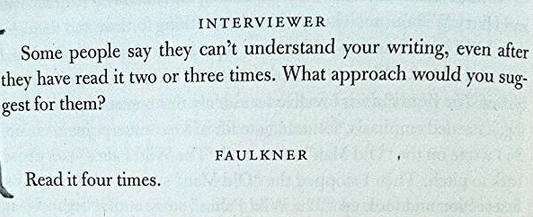
Skimming: used to quickly find the main ideas of a text, skimming is often done at a speed three to four times faster than normal critical reading speed.
Scanning: when looking up a word in a dictionary or trying to find a specific phrase or number on a printed page. When we are scanning, we move our eyes to find specific words, numbers or phrases. Scanning often comes before skimming. Scanning can be used to determine if a resource has the information you are looking for. Once the resource is scanned, it can then be skimmed for more detail.
See your SMH 124-134, especially Previewing (7b) and Reading and Annotating (7c).
![]()
Louise Rosenblatt explains that readers approach texts in ways that can be viewed as aesthetic or efferent. The question is why the reader is reading and what the reader aims to get out of the reading:
But now, in the 21st century:
Autumn Quarter, 2015
Great minds discuss ideas.
Average minds discuss events.
Small minds discuss people.
— Eleanor Roosevelt
Life’s prerequisites are courtesy and kindness, the times tables, fractions, percentages, ratios, reading, writing, some history — the rest is gravy, really.
— Nicholson Baker, “Wrong Answer: The Case Against Algebra II”
WRD 103 introduces you to the forms, methods, expectations, and conventions of college-level academic writing. We also explore and discuss how writing and rhetoric create a contingent relationship between writers, readers, and issues, and how this relationship affects the drafting, revising, and editing of our written — and increasingly digital and multimodal — projects.
In WRD 103, we will:
You’ll be happy to note, I hope, that we build on your previous knowledge and experiences; that is, we don’t assume that you show up here a blank slate. We assume that you have encountered interesting people, have engaging ideas, and have something to say. A good writing course should prepare you to take those productive ideas into other courses and out into the world, where they belong, and where you can defend them and advocate for them.
Finally, it’s no secret around here that students who take early and regular advantage of DePaul’s Center for Writing-based Learning not only do better in their classes, but also benefit from the interactions with the tutors and staff in the Center.

Unclear writing, now as always, stems from unclear thinking–both of which ultimately have political and economic implications.
A well cultivated critical thinker:
Critical thinking is, in short, self-directed, self-disciplined, self-monitored, and self-corrective thinking. It presupposes assent to rigorous standards of excellence and mindful command of their use. It entails effective communication and problem solving abilities and a commitment to overcome our native egocentrism and sociocentrism. – Adapted from Richard Paul and Linda Elder, The Miniature Guide to Critical Thinking Concepts and Tools, 2008.
“A persistent effort to examine any belief or supposed form of knowledge in the light of the evidence that supports it and the further conclusions to which it tends.” Edward M. Glaser. An Experiment in the Development of Critical Thinking. 1941.
Chaffee’s Definition of Critical Thinking
Critical thinkers are people who have developed thoughtful and well-founded beliefs that guide their choices in every area of their lives. In order to develop the strongest and most accurate beliefs possible, you need to become aware of your own biases, explore situations from many different perspectives, and develop sound reasons to support your points of view. These abilities are the tools you need to become more enlightened and reflective “critical thinker” (p. 28).
For Chaffee, critical thinking involves the following:
[From The Thinker’s Way by John Chaffee, Boston: Little, Brown, 1998]
Habits of mind refers to ways of approaching learning that are both intellectual and practical and that will support your success in a variety of fields and disciplines. The framework identifies eight habits of mind essential for success in college writing
|